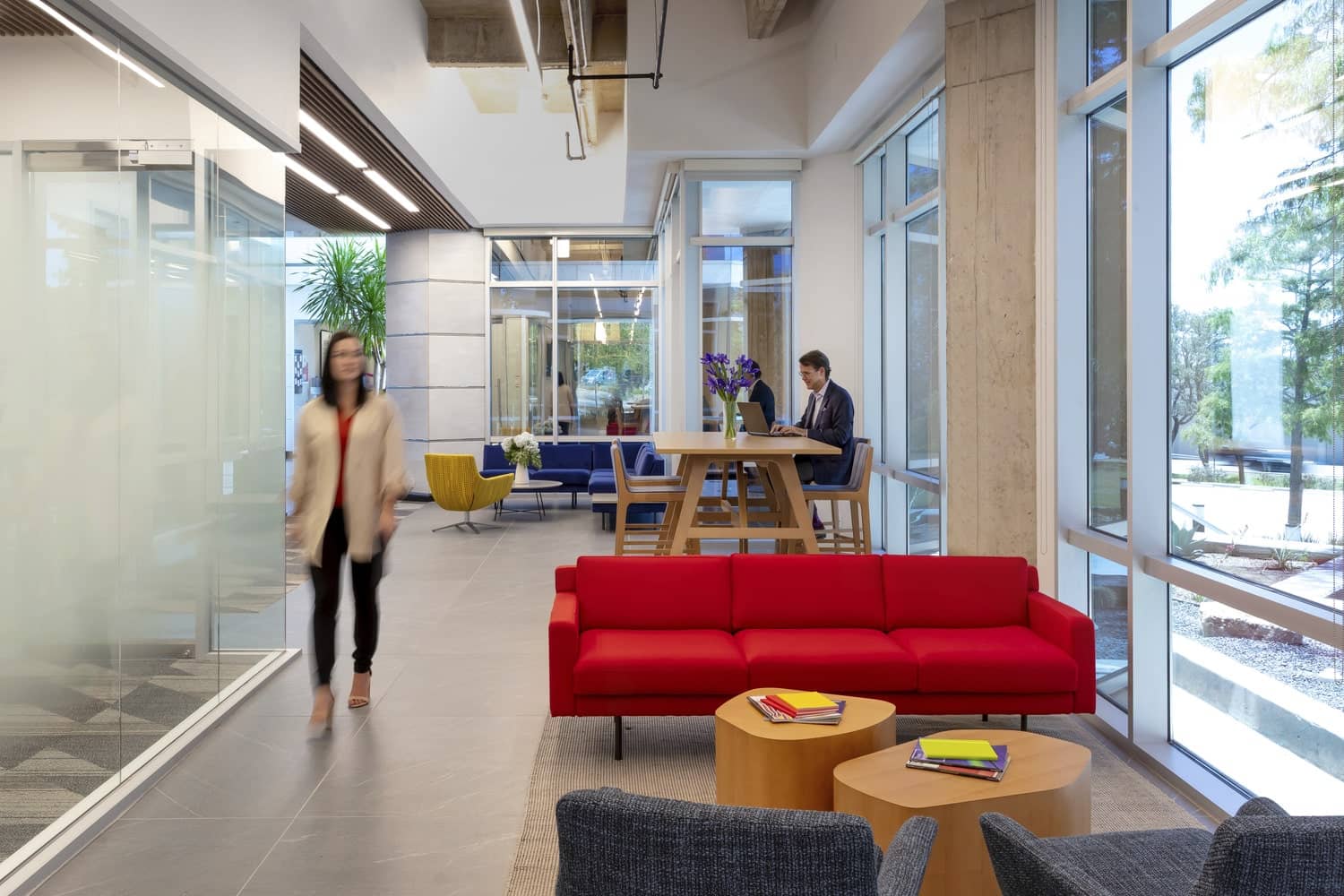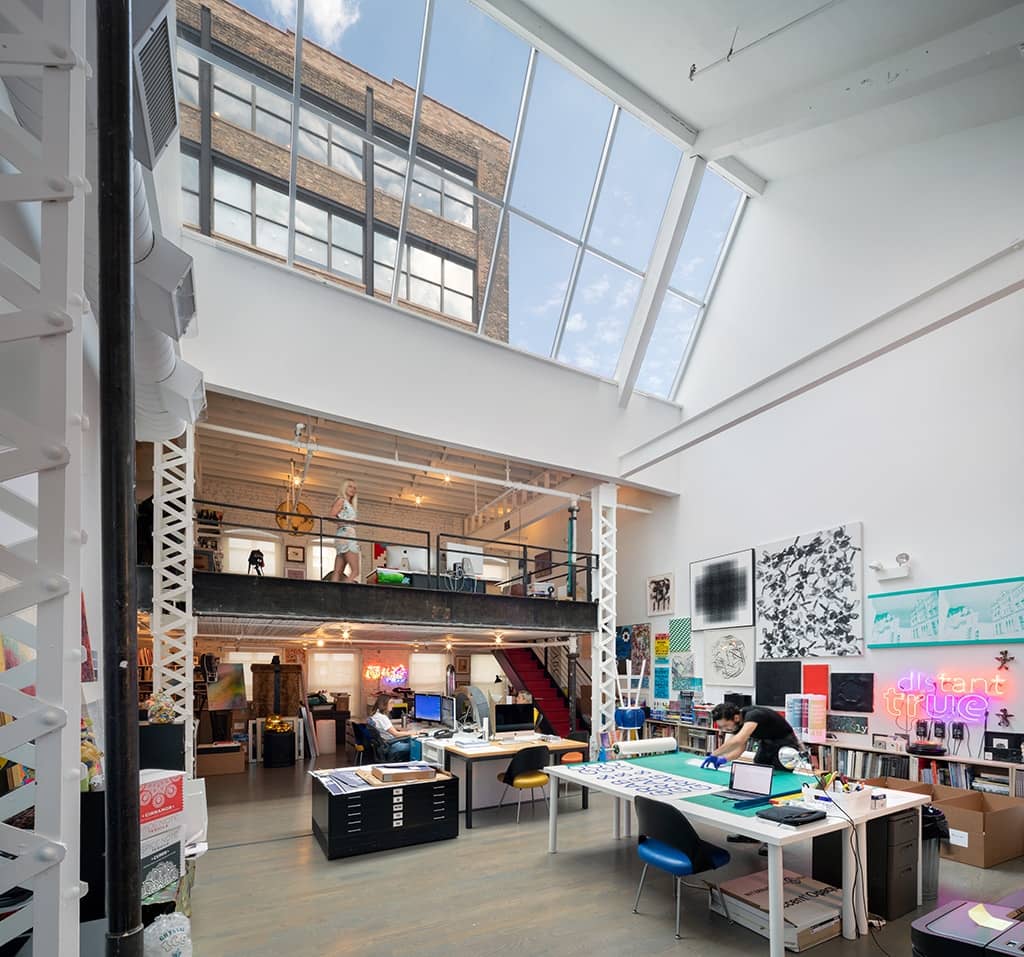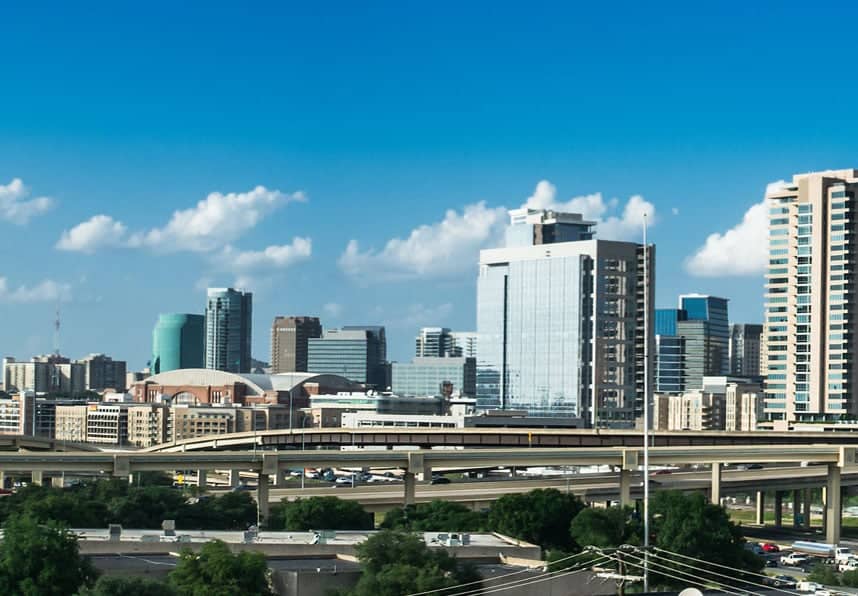The need for residential space — currently at about 90% occupancy, nationwide — continues to soar. People need places to live and need them fast. Is now the ideal time to consider adaptive reuse and convert commercial space to multifamily housing?
According to wealthmanagement.com, “Developers are likely to finish a record 20,100 new apartments in 2021 in buildings converted from other uses,” according to the Yardi Matrix October industrial report. That will make 2021 the busiest year for conversions in the last 10 years. It’s also up sharply from an average of about 12,000 a year over the last five years.”
Converting existing buildings — for new use other than for what it was originally intended — has been a practice for decades – or even centuries. Tearing down a building to its footprint and rebuilding is extremely expensive and requires significant materials that are not always in ready supply, such as steel, lumber and concrete. In the 17th and 18th centuries, limited transportation made it very difficult to access materials. Additionally, it was often beneficial to retain architecturally or historically significant structures to retain the unique culture of an area. If a building could be repurposed, why tear it down?
We now have much more sophisticated means of accessing and transporting materials, but the demand for those materials is high and varying logistics add to the overall price of construction or reconstruction. Doing a full teardown and creating an entirely new structure has become cost prohibitive and not always environmentally feasible.
“Adaptive-reuse of a building is one of the greenest constructions you can do,” says Scott Maenpaa, a project manager at Boston-based The Architectural Team, which has undertaken several office-to-residential projects, as quoted by Slate. “It is also almost always cheaper than building something from scratch — by 20 to 30 percent — especially if you would have had to demolish a building first. Plus, it’s faster, and time is money.” Add to this the disposal of demolition debris that stresses landfills and is expensive to haul away.
Though adaptive reuse is most associated with buildings of cultural, historical or architectural significance, it doesn’t need to be. Warehouses and retail spaces (such as dead or dying malls), hotels, and hospitals — any space that is vacant or underutilized — can be a candidate for adaptive reuse. The question any CRE investor or developer needs to ask themselves is what type of building use has the most supply and which are in the most in demand? And, of course, which can be most easily converted?
“We will likely see a fair amount of this — redevelopment and converting properties to apartments — over the next few years,” says John Sebree, senior vice president and national director of multifamily for Marcus & Millichap, as quoted by wealthmanagement.com. “That is the result of being in a housing crisis, and without new product being built at the same pace as demand.”
A different wealthmanagement.com piece from June 2021 says that the cost of lumber and plywood began to rise very quickly in mid-2020 and spiked to an all-time high in June 2021, according to the U.S. Bureau of Labor Statistics, Producer Price Index by Commodity. It would stand to reason the expense of these supplies would be a deterrent to completely new builds.
Though not residential, another reuse trend that shouldn’t be overlooked is converting mall or department store space to temporary or “coworking” office space, such as SaksWorks — a collaboration between Saks and WeWork. They have opened chic, urban shared-office space in several Saks locations, some previously occupied by Lord & Taylor.
Another CRE classification that’s in urgent demand is industrial. GlobeSt.com reports that industrial vacancy rates hit 4.2% in Q3 2021, an all-time low. And owners can charge astonishing rents. CRE investors looking to optimize use for existing properties would be smart to evaluate the industrial potential of underutilized space, such as office or retail.
Advantages of adaptive reuse, according to the city of Whittier, California, include:
- Conserve energy – Reclaiming and repurposing existing buildings, reutilizes building materials and capitalizes on existing infrastructure, including access to transportation and utilities.
- More sustainable – Less raw materials are needed and less old materials will end up in landfills.
- Maintains community culture – Reuse helps maintain community culture and character by preserving the history and architecture while saving money. This can also fend off gentrification while still modernizing use.
- Fosters investment – Encourages greater investment and development when areas that might otherwise be vacant are revitalized. This can bring in more businesses, jobs, and tax revenues.
- Less expensive – By leveraging existing buildings, materials can be recycled and it won’t be necessary to purchase raw materials, demolition and construction that can get very expensive.
- Possible tax advantages – There may be federal, state or local tax credits for rehabilitating older structures.
- Increases in market value – Converting a vacant or underused building to a revitalized property can attract additional businesses and residences, driving up commercial and residential property values.
- Faster – Because the building already exists and infrastructure is in place, the structure can be turned around much more quickly than a tear down and rebuild.
Catch up on industry trends, news and conversations at kbs.com/insights, or click here.




